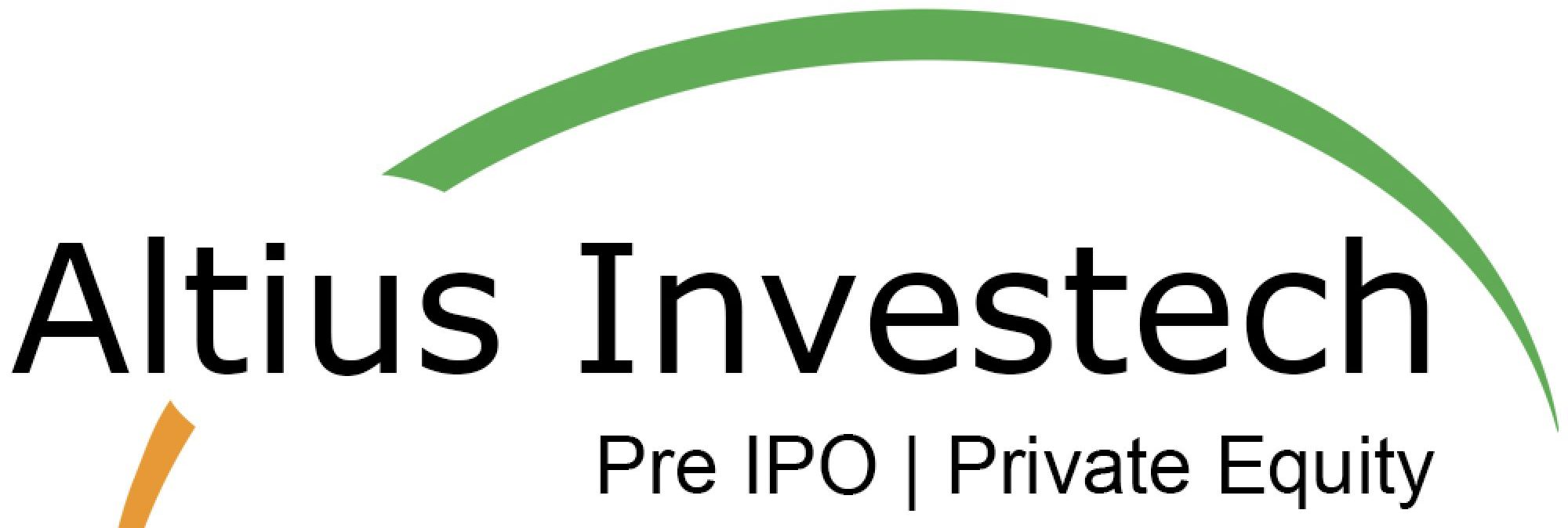Pros of Investing in STUDDS Pre-IPO Shares:
1. Promoters and management with prior experience:
Mr. Madhu Khurana, Chairman and Managing Director of SAL, has approximately four decades of helmet industry expertise. He is in charge of the company’s overall operations. He is assisted by his son, Mr. Sidhartha Khurana, who has over two decades of expertise. Under the direction of the promoters, studds has established itself as a pan-India helmet brand with positive client connections. The company has consistently launched new goods and grown its geographical footprints in domestic and foreign markets throughout the years.
2. Long track record and market dominance:
Studds has approximately three decades of experience in the helmet sector. As of December 31, 2021, the company had the greatest capacity for helmet manufacture in the domestic organised segment, with a capacity of over 1.3 crore helmets per year. SAL sells helmets under the Studds and SMK brands (premium brand). Studds sells coats, gloves, luggage boxes, face shields, visors, and other accessories under the category of accessories. Obtaining OEM product approval is a time-consuming and costly process. Furthermore, because helmets are safety and comfort products, subject expertise and brand recognition provide a barrier to entry for new entrants.
3. Diversified sales channels, a reputable clientele, and rising exports:
Studds has a lengthy history of working with domestic OEMs and merchants in India. SAL sells mostly through dealers, OEMs, government canteens, and its own website. During FY21, revenue concentration from the top ten customers remained low at 31 percent (FY20: 36 percent). SAL has spent the last two years focusing on strengthening its market share in the export sector. SAL is predicted to attain export sales of Rs.100 crore in FY22, nearly double its exports in FY21.
4. Growing scale and good profit margins, albeit with some moderation in 9MFY22:
Despite sluggish market conditions in the two-wheeler industry and the impact of Covid-19, the company’s total operating income (TOI) increased at a CAGR of more than 16 percent from FY17 to FY21. Over time, its PBILDT margin has increased and is now around 23% in FY20 and FY21. With a solid PBILDT margin and decreased interest and depreciation costs, SAL recorded a PAT margin of around 15% in FY21. During FY21, the company reported Gross Cash Accruals of Rs.91 crore, which was used to support its net working capital, scheduled repayment of long-term debt, capital expenditure, and the remainder was parked in fixed deposits. Furthermore, return measures such as ROCE remained good in FY21, at 35%.
SAL reported total operating income of Rs.337 crore in 9MFY22, as performance was hampered by limits imposed by the second wave of the Covid-19 epidemic in Q1FY22, as well as disruptions in operations caused by SAP implementation. SAL’s PBILDT margin fell to 9% in 9MFY22 as a result of fewer sales and an inability to fully pass on increases in raw material prices to customers.
In November 2021, the company boosted its selling price by 6% on average to offset a substantial increase in raw material prices. It is predicted that the company will reclaim operating margins in excess of 20% beginning in FY23, which will be a significant monitorable.
5. Comfortable capital structure and high debt coverage:
The company’s capital structure remains healthy, with an overall gearing ratio of 0.16x as of March 31, 2021, backed by a net worth base of Rs.289 crore and a lesser reliance on borrowings. SAL has liquid investments, cash and bank balances totaling Rs.74 crore as of March 31, 2021, much above the company’s entire debt, resulting in a zero net debt position.
The company’s capital structure is projected to stay comfortable due to its comparatively low reliance on debt as a result of robust cash flow production. Furthermore, debt coverage indicators remained high in FY21, supported by low debt levels and healthy profitability, resulting in Total Debt/PBILDT of 0.40x and interest coverage of more than 30x in FY21.
6. Operating cycle that is well managed:
SAL offers a limited credit period of around 7 days to dealers and 30-60 days to OEMs. Online sales and institutional orders are paid in advance, although payments from government canteens are normally received within 60-90 days. Export sales are typically made on an advance basis or with sight LCs. SAL’s average collection period remains short at roughly 15-20 days due to a bigger share of dealers and a lesser credit period granted.
Furthermore, the organisation successfully manages its inventory, resulting in an inventory period of 20-30 days. SAL pays its MSME suppliers in 30 days and all other suppliers in 60 days on average. As the market leader, SAL has greater control over payment arrangements with customers and suppliers, resulting in a lean operating cycle and fewer working capital requirements.
Cons of investing in STUDDS Pre-IPO Shares:
1. Exposure to volatile raw material prices:
Because approximately 50% of Studds accessories raw materials are crude oil derivatives, the pricing of its raw materials fluctuate with the fluctuations in international crude oil prices. To prevent any significant volatility in raw material prices, SAL enters into short-term contracts with its customers. Furthermore, as the market leader, SAL has the bargaining leverage to pass on increases in raw material prices to its customers, resulting in a very stable gross margin of roughly 55-60 percent during the last three years ended FY21. SAL has decided to raise pricing in November 2021 in order to pass on higher raw material prices in the current fiscal year.
2. Exposure to competitive pressure albeit increase in share of organized players:
The domestic helmet business is dominated by a few large, organised firms, with Studds, Steelbird, and Vega accounting for almost 55% of the market. SAL has competition from these structured entities, as well as other smaller organised and unorganised players, which may impact its operational profit margin. However, as the share of organised players has increased in recent years, all big organised players have seen revenue growth and improved profitability. Increased market share by organised businesses came at the expense of unorganised players, whose share has been severely hit by GST implementation. Furthermore, the restriction on non-ISI helmets beginning in June 2021 is projected to boost the expansion of organised players in the following years.
3. Industry growth prospects:
Helmet demand is primarily connected with the acquisition of new two-wheelers and replacement demand. The domestic helmet sector is worth about Rs.2,000 crore, with a 70-80 percent share of replacement demand. Sales of two-wheelers fell 18 percent year on year in FY20, then fell another 13 percent in FY21, owing to the Covid-19 outbreak and consequent lockdown, higher vehicle costs, and lower disposable income. The second wave of Covid-19 hurt two-wheeler and helmet sales further more in Q1FY22. SAL is focusing on increasing export sales, which will help to reduce the dangers of a domestic recession.
The demand for helmets is also encouraged by an increase in helmet penetration, which is influenced by knowledge (with more individuals wearing helmets for safety rather than only to avoid a challan) and government rules. With increased awareness and an increasing number of states/cities mandating helmets for pillion riders, demand for helmets is likely to rise gradually, bode well for dominating industry players such as SAL.
4. Liquidity: Strong
Studds pre-IPO shares liquidity remains strong, as evidenced by a comfortable current ratio of 1.43 times as of March 31, 2021, NIL utilisation of fund-based working capital limits for the trailing 12 months ended December 2021, healthy cash flow from operations of Rs.96 crore during FY21, and liquid investments and cash and bank balance aggregating Rs.74 crore as of March 31, 2021, significantly exceeding the company’s total debt and resulting in a zero net debt position.
SAL has planned a capex of more than Rs.70 crore for establishing a warehouse at a cost of around Rs.70 crore to improve its marketing base, which would be funded with a term loan of roughly Rs.60 crore and the remainder through accruals. Going forward, notwithstanding capex, SAL’s liquidity is likely to remain solid, supported by strong cash flow from operations production.
FAQs
Can we invest in Studds pre-IPO shares?
Yes, You can invest in Studds pre-IPO shares. please click here to invest.
What is Studds Pre-IPO share Price?
Studds Pre-IPO share price is around 1199/sh. (as of Aug’22)
Also Read: All You Need To Know About Studds Pre-IPO Shares!

